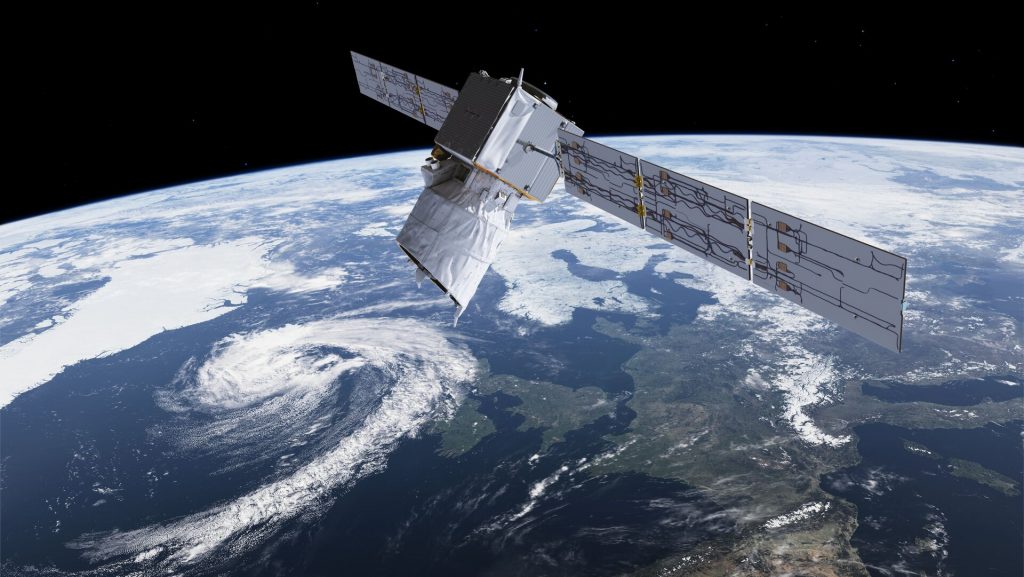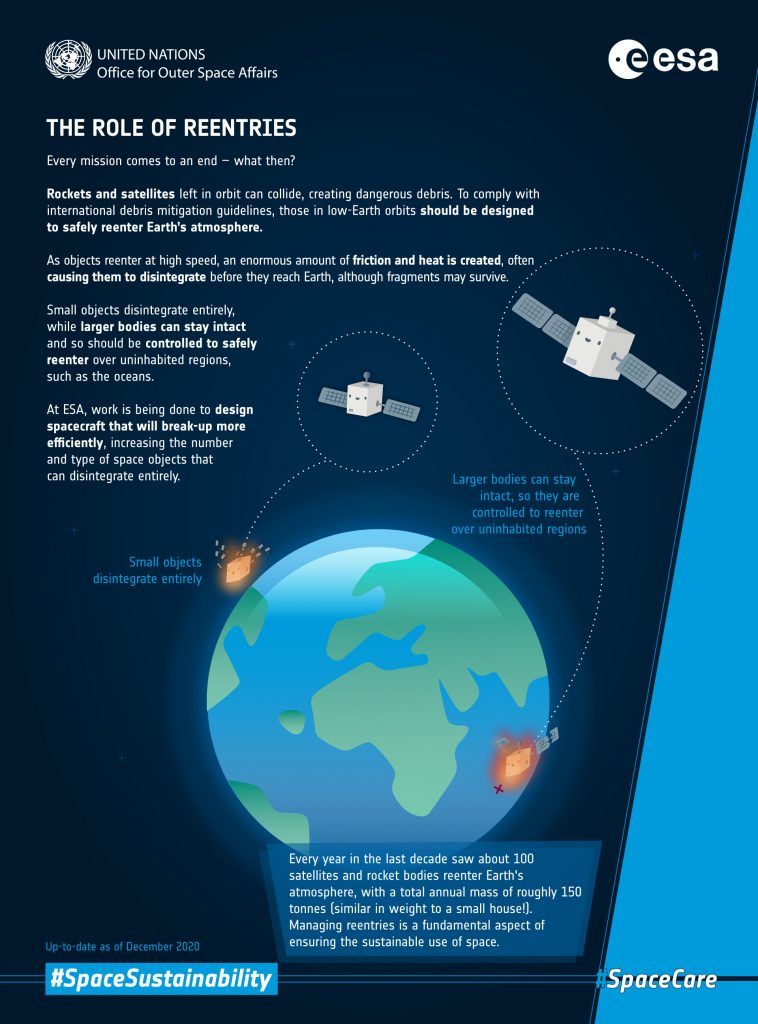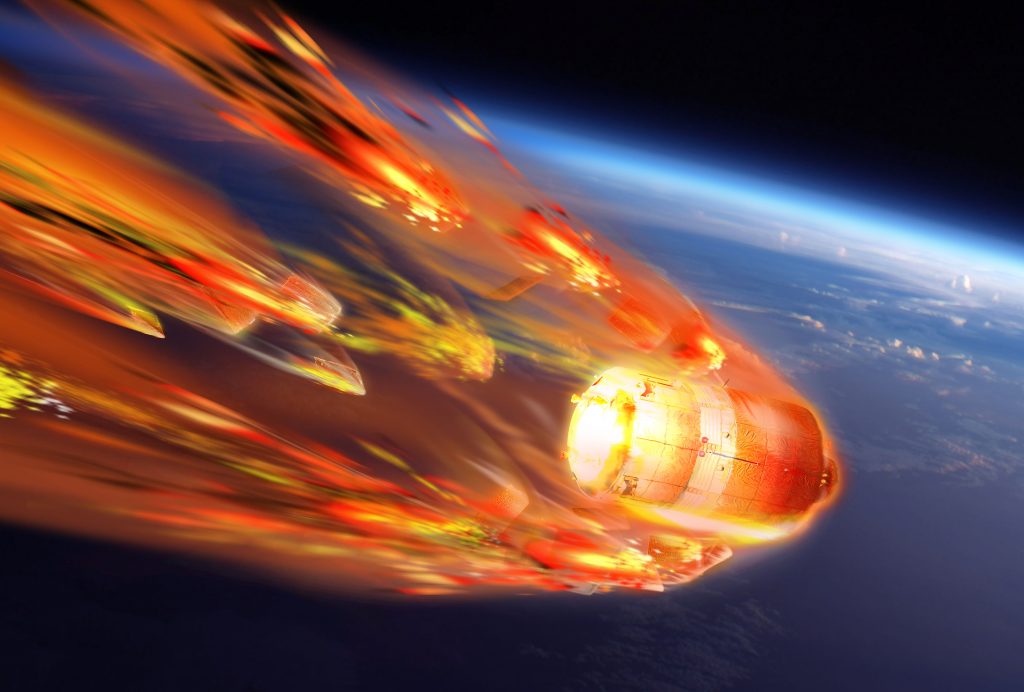Aeolus will soon descend back to Earth. Currently orbiting 320 km above Earth’s surface, it is being kept in orbit with the remaining fuel onboard the spacecraft. This fuel will soon run out, and the spacecraft will succumb to Earth’s atmosphere and gravity.

Originally, Aeolus’ reentry at the end of its life was to be uncontrolled – meaning it would return to Earth and the area over which it falls would be quite random. At the time the mission was planned, there were no guidelines about reentries.
However, in order to decrease any risk to life and infrastructure on Earth (already only a very tiny possibility), ESA has saved enough fuel on board the mission that at just the right moment engineers at ESA’s mission control in Darmstadt, Germany, will perform a final set of manoeuvres to aim the spacecraft – and any of its debris – at the best ocean corridor for a safe reentry.

But note: this is a first-ever attempt at an assisted reentry, and it is not guaranteed to work. Teams are working hard to give this mission an even safer end than was originally planned, but for that same reason there could come a moment when they must abort, and Aeolus will continue its uncontrolled descent.
Aeolus’ reentry, and ESA’s desire to reduce the risk in line with to current guidelines sets a new precedent for safe spacecraft operations and sustainable spaceflight, for both future missions and those already in orbit.

We’ll be talking to Aeolus engineers, scientists, space debris experts and ESA’s Space Safety Office over the coming weeks for all the latest, so stay tuned for updates as we say “Goodbye, Aeolus” and chronicle its historic descent.

Discussion: no comments